Comprehensive Vessel Profiles
Detailed profiles of individual vessels, including ownership, operator, builder, and specifications, are essential for stakeholders in the maritime industry. ADAMftd offers exhaustive vessel profiles that include historical data, current status, and operational details. This information is crucial for insurers, financiers, and regulators to assess risks and compliance. By providing these detailed vessel profiles, ADAMftd supports transparency and accountability in the global shipping industry, enhancing trust and reliability in maritime trade.

Real-time Vessel Tracking
Real-time tracking of vessels is essential for monitoring the movement of goods across the globe. ADAMftd offers advanced mapping of ships in transit, providing real-time data on vessel speed, draught, and location. This feature helps businesses anticipate delays, manage risks, and ensure the security of their shipments. By combining real-time vessel tracking with our extensive trade data, ADAMftd enables users to make informed decisions and enhance their operational efficiency.
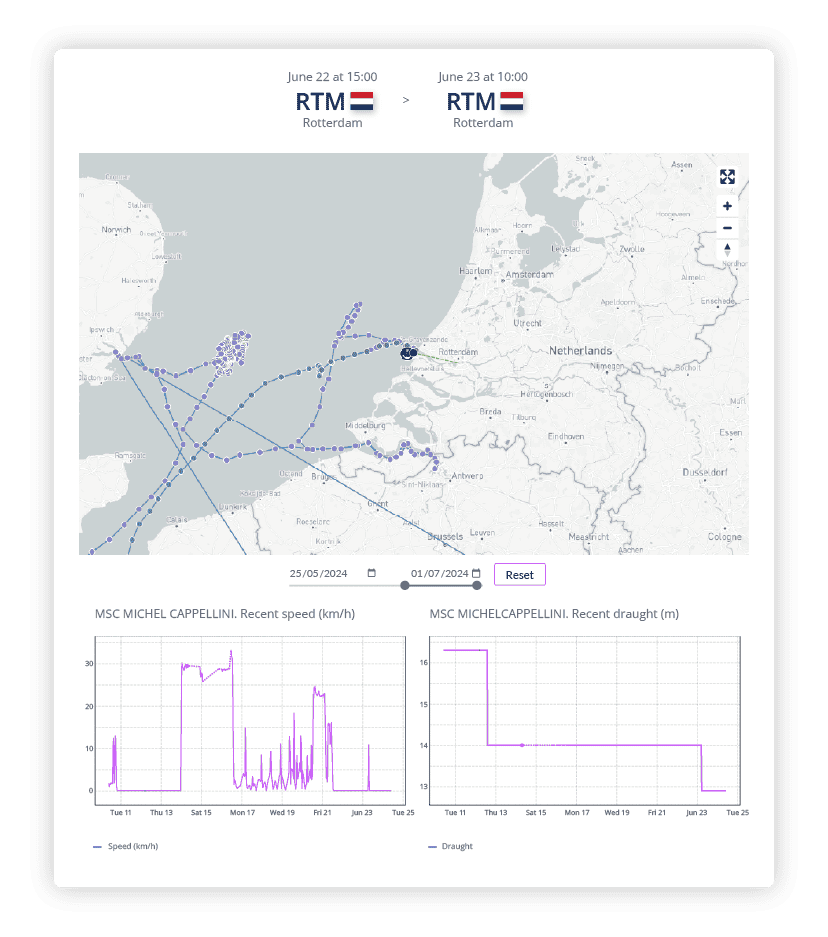
Shipping Rates
ADAMftd provides detailed shipping rate information for individual ships and routes based on declared data provided to official sources. This includes comprehensive freight rates for various container sizes, such as the 20ft container, as shown in the provided example. By leveraging data from official declarations, ADAMftd ensures accurate and up-to-date pricing information, allowing users to assess costs effectively for different shipping routes and make informed logistical decisions. This feature supports businesses in optimizing their shipping strategies and managing costs more efficiently in the dynamic global trade environment.
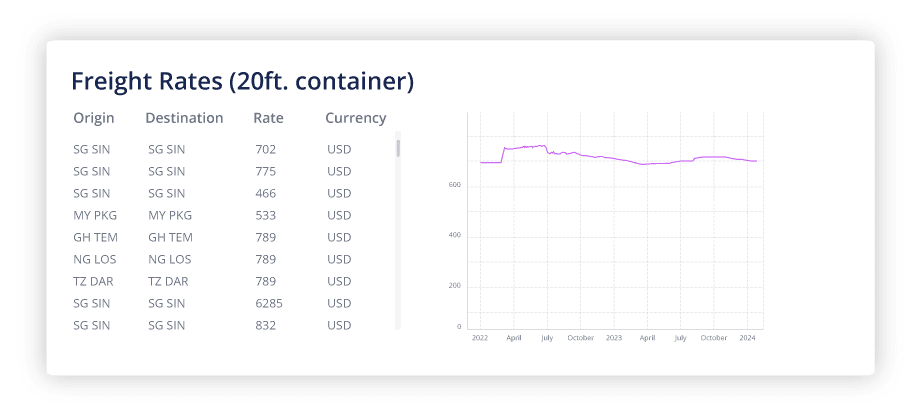
Industries
- Shipping Companies
- Freight Forwarding
- Logistics Companies
- Maritime Insurance
- Supply Chain Management
- Port and Terminal Operations
- Customs and Border Protection
- Law Enforcement
- Marine Engineering and Maintenance
- Oil and Gas
- Commodity Trading
- Ship Owners
- Customs Brokers
- Financial Services and Banking
- Trade Compliance
- Shipbuilding and Repair
- AML/KYC
- Maritime Law and Consulting
- Exporters & Importers
- Legislators
Vessel Information Use Cases
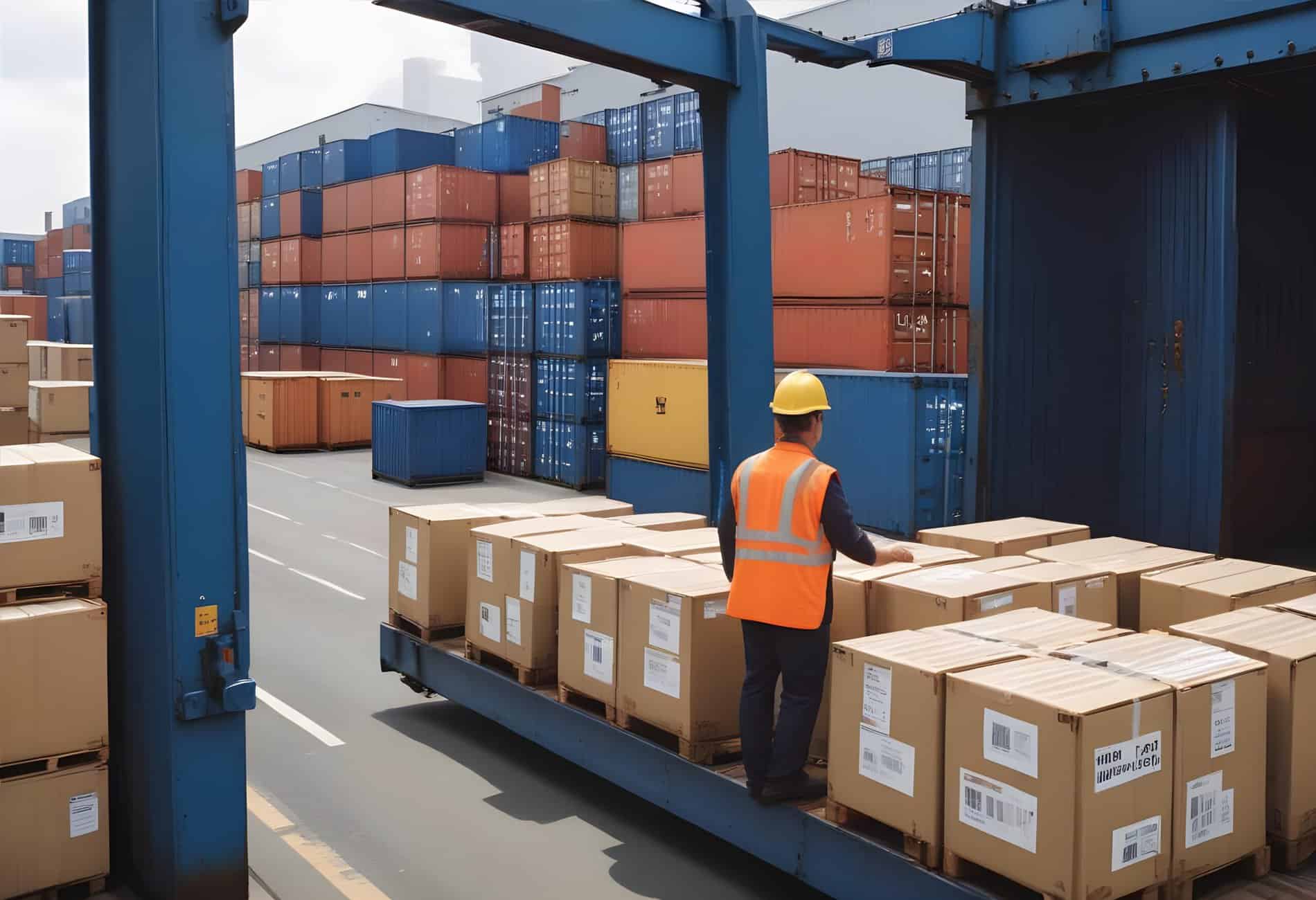
Real-Time Cargo Tracking
Importers can use maritime vessel information to track the exact location and status of their cargo, ensuring timely planning for unloading and distribution. This real-time visibility allows importers to provide accurate delivery estimates to customers, manage warehouse space efficiently, and avoid unexpected delays. Additionally, knowing the vessel’s current speed and draught helps importers anticipate any potential delays due to weather conditions or other maritime factors.

Exporters Needing Schedule Coordination
Exporters can plan their shipments more effectively by accessing vessel schedules, ensuring their goods are ready for loading at the right time to meet delivery deadlines. This precise scheduling minimizes storage costs and reduces the risk of missing critical shipping windows. Exporters can also coordinate with logistics partners and customers to ensure smooth handoffs and timely deliveries, enhancing customer satisfaction and operational efficiency.

Customs Agents Needing Compliance Verification
Customs agents can verify the compliance of incoming and outgoing vessels with regulatory requirements, ensuring that all documentation is in order for a smooth customs clearance process. Access to detailed vessel information, such as ownership, operator details, and historical data, aids in thorough inspections and risk assessments. This reduces the likelihood of contraband or non-compliant goods entering the country, protecting national security and trade integrity.

Shipping Companies Needing Fleet Management
Shipping companies can manage their fleet operations efficiently by monitoring vessel status, location, and performance, leading to optimized route planning and fuel usage. This information helps in proactive maintenance scheduling, reducing downtime and operational costs. By tracking vessel performance metrics such as recent speed and draught, shipping companies can make informed decisions to improve efficiency and meet service commitments.
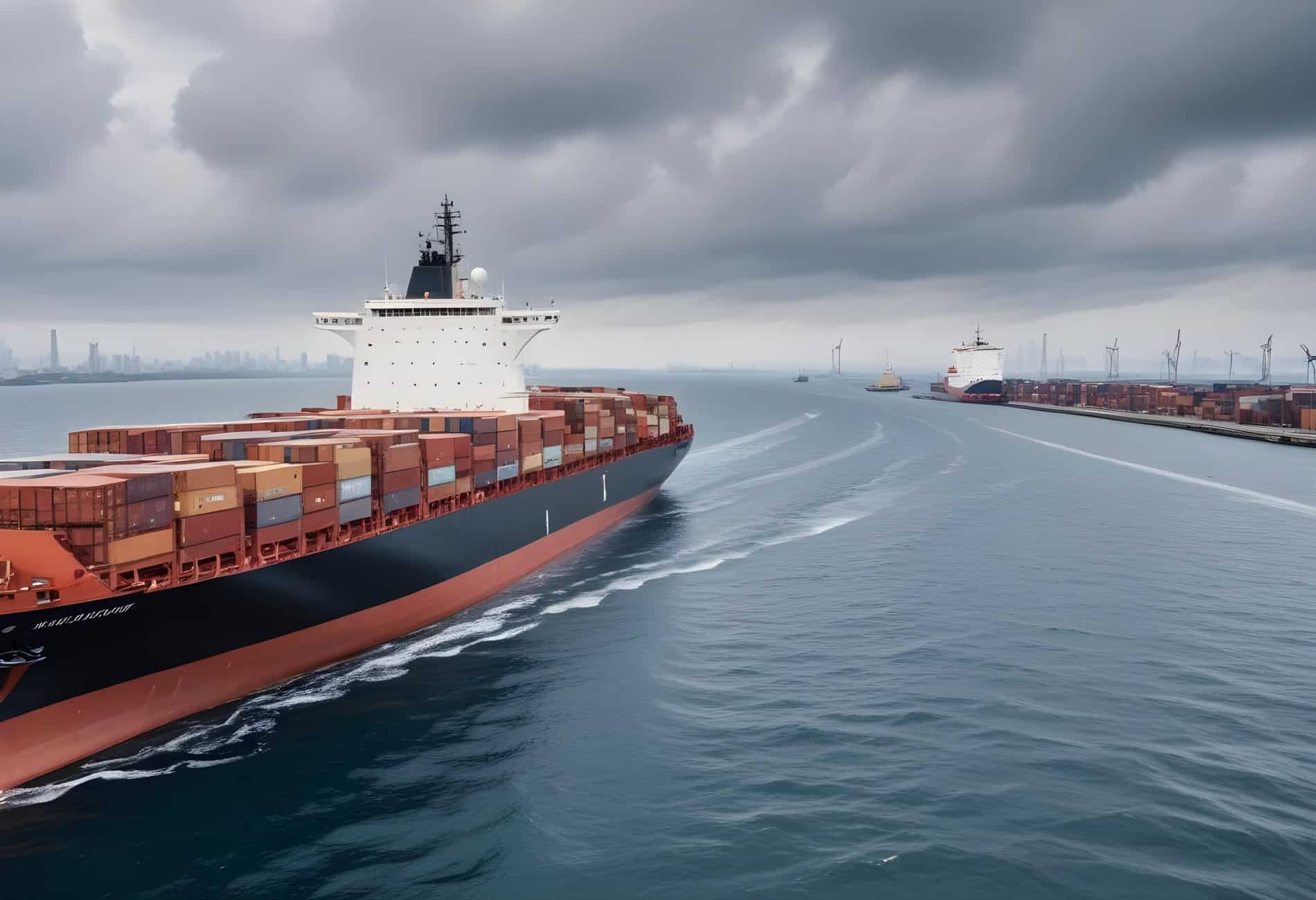
Logistics Companies Needing Supply Chain Coordination
Logistics companies can ensure seamless coordination across the supply chain by tracking vessel movements, enabling them to adjust logistics plans in real-time and mitigate delays. Real-time data allows for better resource allocation, such as labor and transportation assets, to handle incoming shipments. This improved coordination enhances the overall reliability and responsiveness of the supply chain, reducing lead times and increasing customer satisfaction.
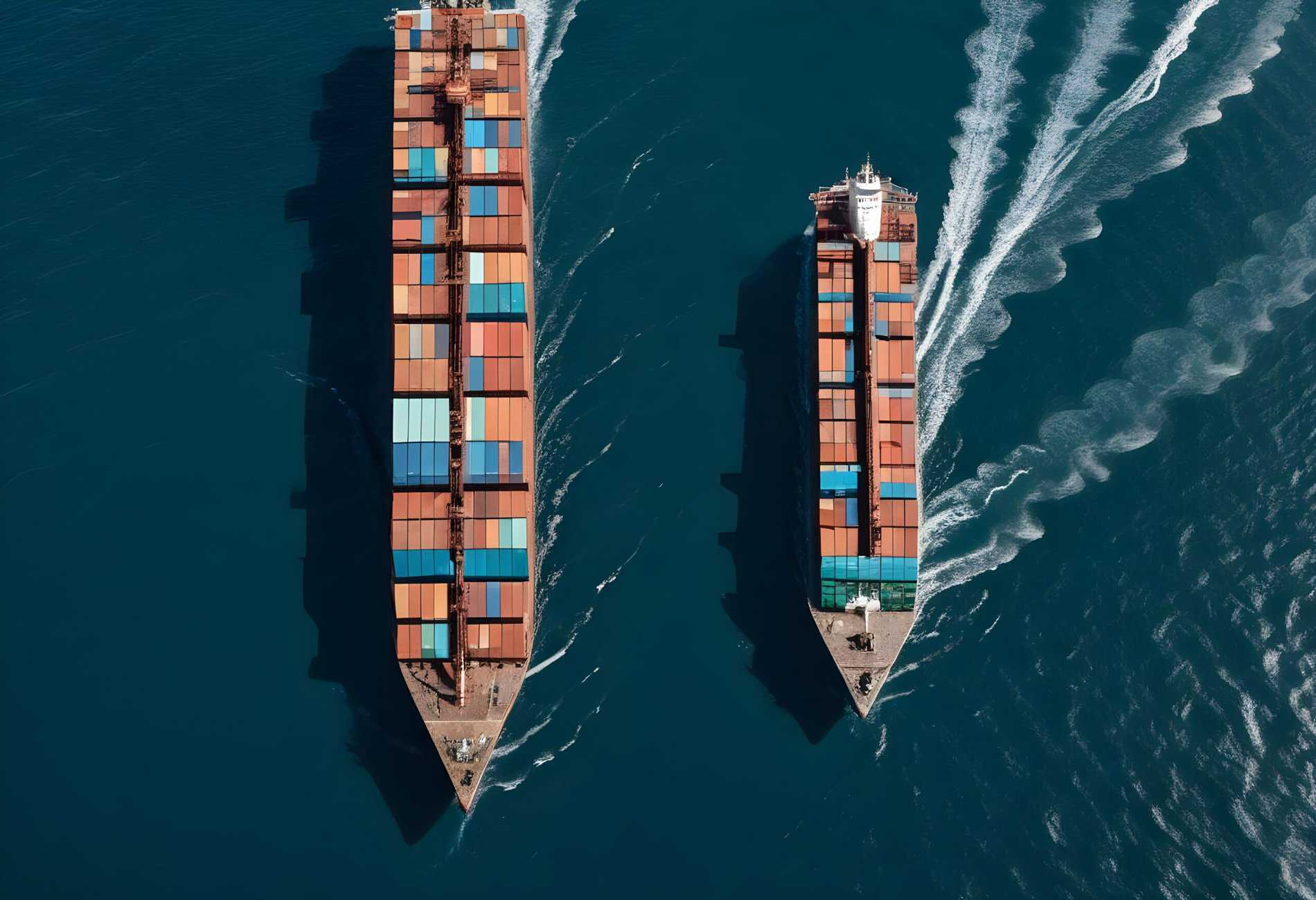
Freight Forwarders Needing Cargo Consolidation
Freight forwarders can plan and consolidate cargo loads more effectively by knowing the TEU capacity, schedules, and current load status of vessels, leading to cost savings and improved efficiency. Detailed vessel information allows forwarders to maximize space utilization and minimize empty container movements. This results in lower shipping costs per unit, increased profitability, and the ability to offer competitive pricing to customers. Access to historical vessel data also helps in forecasting and planning future shipments with greater accuracy.
